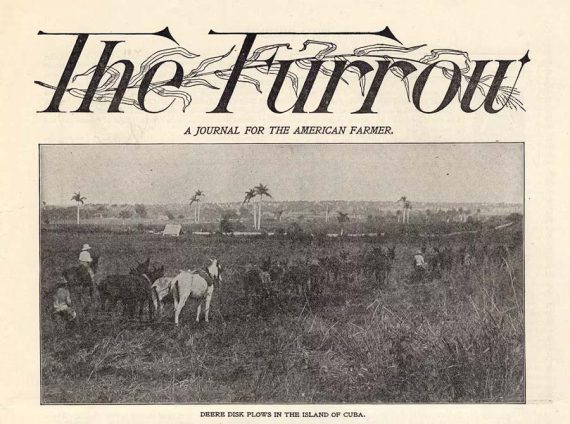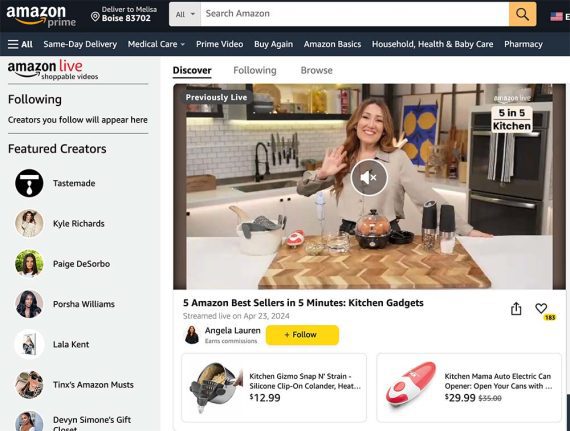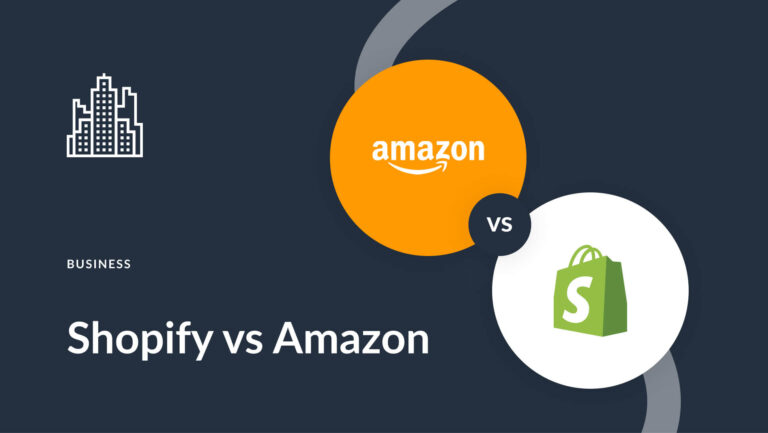Content marketing as a method of attracting, engaging, and retaining customers pre-dates the term itself. And even now, emerging technologies could change it again.
The most cited example of early content marketing is John Deere’s “The Furrow” magazine, launched in 1895. This “Journal for the American Farmer” published actionable agricultural articles, offering practical advice on farming techniques, crop management, and machinery maintenance.
Reciprocity
For John Deere, “The Furrow” was better than advertising in a sense because the company owned it and thus the relationship with readers.
John Deere delivered real value thanks to the useful, informative, and entertaining articles. So much so that by 1912, the magazine had 4 million subscribers.
In turn, real value produces a sense of reciprocity. The reader recognized the John Deere company as an expert and felt obligated to the brand. This obligation extended to buying John Deere products marketed in “The Furrow.”
This is content marketing’s aim: attract, engage, and retain customers. And by the way, “The Furrow” is still published in print and online in 2024.

“The Furrow” is a prominent early example of content marketing.
Another example of content marketing comes from the consumer package goods industry. Cereal boxes and candy often include comic strips, stories, historical or scientific anecdotes, and prizes.
A child might like General Mills Lucky Charms cereal for its rainbow colors and the entertaining box.
Youtility
Content marketing advanced after 2013 when marketing guru Jay Baer released his book, “Youtility: Why Smart Marketing Is about Help, Not Hype.”
The book’s guiding principle prioritized creating useful content, not exclusively promotional.
The result was many marketers focused on being helpful rather than selling. As the distance between content and revenue increased, these marketers sought new performance metrics.
Fortunately, they found those metrics in organic search traffic and social media attention. Both needed engaging content.
Sales
Content marketers circa 2024 are again looking for ways to drive sales. This renewed effort manifests in many ways, including live streams, voice and video, generative artificial intelligence, and augmented and virtual reality.
Each has the potential to attract, engage, and retain customers.
Take, for example, ecommerce live streaming. It engages potential customers with real-time product showcases and permits the host to answer questions and assist with buying decisions.

Amazon Live is one of many platforms that allows merchants or creators to live stream shoppable videos.
The live stream itself may be recorded and edited into social media posts. The shoppers’ questions are potential on-site FAQs. One could even say that ecommerce live streaming is a more complete version of content marketing.
Thus ecommerce marketers should seek ways to integrate emerging content types. Don’t leave articles behind. Instead, add to them.






